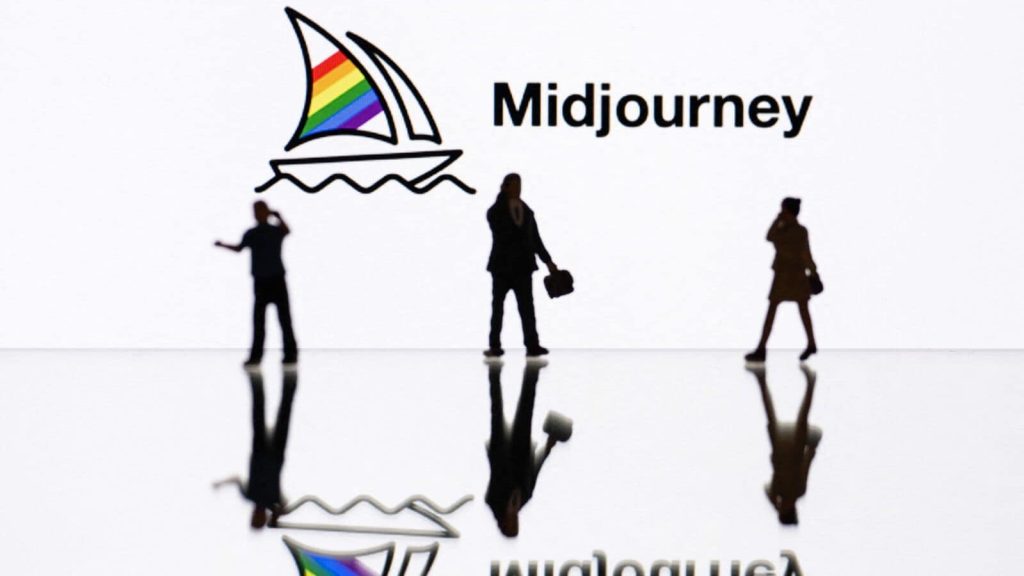Midjourney has launched the first version of its artificial intelligence-powered video generation model, giving users the ability to transform images into short animated clips. The feature, available to paying subscribers through both Midjourney’s website and Discord server, marks the platform’s latest foray into creative generative tools.
In its current form, the tool enables users to create five-second videos from images, either generated within the platform or uploaded directly. A new “animate” button now appears after an image is rendered, guiding users through a prompt-based animation workflow. While the system applies a default motion sequence, a manual option is also available, allowing users to specify how the image should move.
Midjourney also allows for video extensions, with users able to lengthen their animations by four-second increments, up to a total of 21 seconds. Two modes of motion are provided: low and high, offering different levels of dynamism in how the subject or camera (or both) is animated.
The feature operates on a GPU time model, with pricing beginning at $10 per month for around 3.3 hours of fast GPU usage, roughly translating to 200 image generations. Video rendering, however, is significantly more resource-intensive, with each second of video estimated to consume the equivalent of one image’s GPU cost.
“This is just a stepping stone,” said Midjourney founder David Holz in an official announcement. Holz noted that future versions of the tool may open the door to real-time, open-world simulations, signalling broader ambitions for immersive media creation.
However, the rollout comes at a time of mounting legal pressure. Entertainment giants Disney and Universal have filed a lawsuit against Midjourney, accusing the company of facilitating the unauthorised reproduction of copyrighted material. The complaint labels the platform a “virtual vending machine” for derivative content, specifically citing its move into video as a potential infringement risk. The studios also questioned the legality of the training data used for the model.
As AI-generated content continues to advance, industry observers say the clash between innovation and copyright law is only just beginning.

